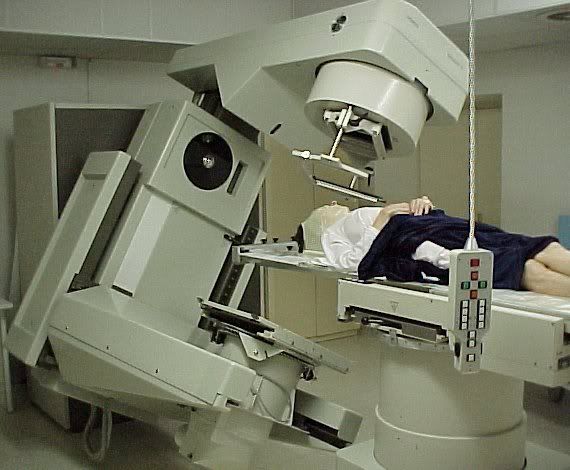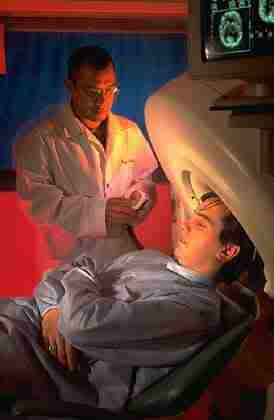Costs of Allogeneic Hematopoietic Stem Cell Transplantation.
Allogeneic hematopoietic stem cell transplantation (ASCT) is a well-established therapy for hematological malignancies, severe aplastic anemia, and rare inborn errors of metabolism or primary immunodeficiencies. The health care costs have steadily increased and, during the last few decades, they have risen at a much faster rate than inflation. ASCT is regarded as an expensive therapy. Gained years and outcome with ASCT for acute lymphoid leukemia (ALL) and acute myeloid leukemia (AML) have been studied in regard to costs. Moreover, costs have been calculated solely for the first 3, 6, or 12 months after the transplant.
DISCUSSION
The aims of this study were to determine the total cost of an ASCT and the pre- and posttransplant conditions associated with higher or lower costs. We divided the analyses into the factors known at the time of the procedure and the complications that developed after it. The total costs in patients with acute leukemia were higher than in those with all the other diagnoses, regarding the pretransplant conditions. This is a new finding. This may be because they were subjected to potent treatment before ASCT and therefore developed more complications after the transplant.
Two patients who received nonmyeloablative conditioning with Flu combined with 2 Gy TBI for colon carcinoma had significantly lower costs. Such operations, of course, are less expensive since they can be done on outpatients unlike full myeloablative therapy that must be given in a home-care setting or in the hospital. On the whole, RIC was associated with lower total costs than myeloablative therapy in the present study, because the neutropenic period is shorter and the patients suffer fewer toxic side effects and infections.
Retransplantation is expensive because the patients belong to a high-risk group with frequent complications after the transplantation. G-CSF is also associated with an increase in the costs due to G-CSF prophylaxis post-ASCT, which increases the risks of GVHD and death.
In this analysis, the costs for the initial transplant period were lower in children compared to adults. This is probably due to the fact that children tolerate the transplantation procedure and complications better than elder patients. They were both treated in the same stem cell transplant unit at the hospital and therefore staff can be optimally used. In particular, small children are demanding on personnel. The number of personnel entered in the system depended on how much care the patients needed, and that children often require more care than adults. The overall care of the patients was taken into consideration in the entries into the system about the staff. We used a scale from one to five in which one corresponded to minimal care and five to care of a severely ill patient or a very young child. However, in 5 years perspective, the total cost for children was median 165,313 (range 57,880–304,346)[Euro sign] compared with adults, median 133,243 (52,095–345,640)[Euro sign] (P=NS).
As expected, severe complications, such as VOD and acute GVHD grades III-IV, entailed high costs. This agrees with the findings of Lee and coworkers. Patients with severe acute GVHD are hospitalized for very long periods and are treated with expensive drugs such as antithymocyte globulin, antibodies against IL-2 receptor, and/or TNF-[alpha]. Their care is probably even more expensive than in this analysis because many of them required total parenteral nutrition (TPN) for a long period if they developed severe GVHD of the gut, as well as albumin. In our analysis, TPN, albumin, and most of the drugs were keyed out for all patients. Patients with GVHD also have recurrence of viral, bacterial, and fungal infections, which are expensive to diagnose and treat.
The patients who developed septicemia had high costs even with keyed out routine antibiotics. Furthermore, the CCP system showed if they had received AmBisome, ATG, G-CSF and intravenous gammaglobulin, all of which are expensive. These were therefore included in the individual cost analysis. Moreover, some patients with septicemia, especially when they developed the acute respiratory distress syndrome or septic shock, were treated in the intensive care unit. It should be emphasized that septicemia is more common in high-risk patients, most of whom are hospitalized for longer periods. Hemorrhagic cystitis (HC) was also associated with higher costs, which were due to long hospitalization and transfusions.
That an unrelated transplant was not more expensive than a sibling transplant may be somewhat unexpected. An unrelated transplant is often associated with more high-risk patients, more GVHD, and infections. However, in our experience with genomic-matched unrelated donors and the use of ATG during conditioning, outcome using unrelated donors was similar to that using HLA-identical siblings.
To reduce the high costs after ASCT, it seems important to prevent expensive complications, such as septicemia, VOD, HC, and severe acute GVHD. Better prophylaxis and treatment of acute GVHD without affecting the infection rate or graft-versus-leukemia effect are obviously needed. We have again found that the costs of home care are less than those of hospital care. This is mainly because of the shorter time until discharge, the reduction in the need for TPN, and the lower incidence of moderate-to-severe acute GVHD.
In conclusion, the patients who generated the higher costs of ASCT were those who required second ASCT, G-CSF prophylaxis, had acute leukemia or developed costly complications, such as VOD, bacteremia, HC, and acute GVHD worse than grade II. These costs can be reduced by adequate prevention and treatment of the complications. Such an approach will prolong life and lessen the patients’ suffering. The method for calculating the costs are generalizable in all countries but a system for applying the method has to be performed.




0 Comments:
Post a Comment
<< Home